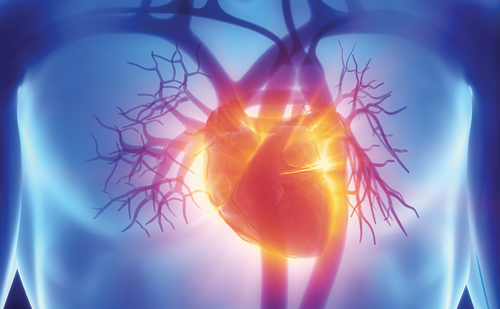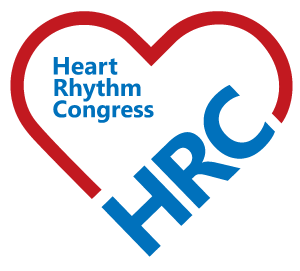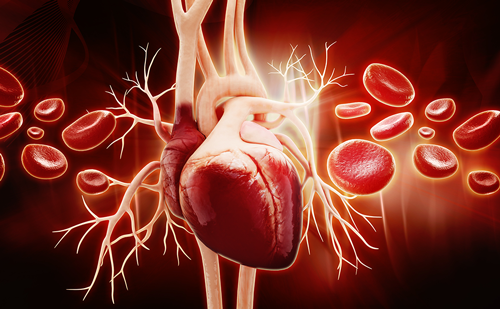Plasma matrix metalloproteinases in neonates having surgery for congenital heart disease
Abstract:
Overview
During cardiopulmonary-bypass matrixmetalloproteinases released may contribute to ventricular dysfunction. This study was to determine plasma matrix-metalloproteinases in neonates after cardiopulmonary-bypass and their relation to post-operative course. A prospective observational study included 18 neonates having cardiac surgery. Plasma matrix-metalloproteinases-2 and 9 activities were measured by gelatin-zymography preoperatively, on starting cardiopulmonarybypass, 7-8 min after aortic cross-clamp release, and 1h, 4h, 24h, and 3d after cardiopulmonary- bypass. Plasma concentrations of their tissue inhibitors 1 and 2 were determined by enzyme-linked immunosorbent assay. Cardiac function was assessed by serial echocardiography. Paired t-tests and Wilcoxon tests were used to assess temporal changes, and linear correlation with simultaneous clinical and cardiac function parameters were assessed using Pearson’s product-moment correlation coefficient. Plasma matrix-metalloproteinases activities and their tissue inhibitor concentrations decreased during cardiopulmonary-bypass. Matrix-metalloproteinase- 2 plasma activity increased progressively starting 1h after cardiopulmonarybypass and returned to pre-operative levels at 24h. Matrix-metalloproteinase-9 plasma activity increased significantly after release of aortic cross-clamp, peaked 7-8min later, and returned to baseline at 24h. Plasma tissueinhibitor 1 and 2 concentrations increased 1h after cardiopulmonary-bypass. Cardiac function improved from 4h to 3d after surgery (p<0.05). There was no evidence of significant correlations between matrix-metalloproteinases or their inhibitors and cardiac function, inotrope scores, organ dysfunction scores, ventilation days, or hospital days. The temporal profile of plasma matrix-metalloproteinases and their inhibitors after cardiopulmonary- bypass in neonates are similar to adults. In neonates, further study should determine whether circulating matrix-metalloproteinases are useful biomarkers of disease activity locally within the myocardium, and hence of clinical outcomes.
Keywords
Cardiopulmonary bypass, congenital heart disease, matrix metalloproteinases; neonate, pediatrics.
Article:
Article Information:
Correspondence
Ari R. Joffe, Department of Pediatrics, 3A3.07 Walter C Mackenzie Center, 8440-112 Street, Edmonton, Alberta, T6G 2B7 Canada. E-mail: ajoffe@cha.ab.ca
Acknowledgements
We thank the Pediatric
Intensive Care Research Team for help with
patient enrolment, and data and sample collection.
We also thank Yuanyuan Liang and Quili
Duan for assistance in statistical analyses. This
project was supported by a grant from the
University Hospital Foundation (AJ and PYC) and
operating grants from the Canadian Institutes of
Health Research (RS and PYC). RR, RS, and P-YC
are researchers supported by the Alberta
Heritage Foundation for Medical Research.
Received
2009-03-24T00:00:00







